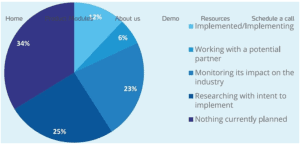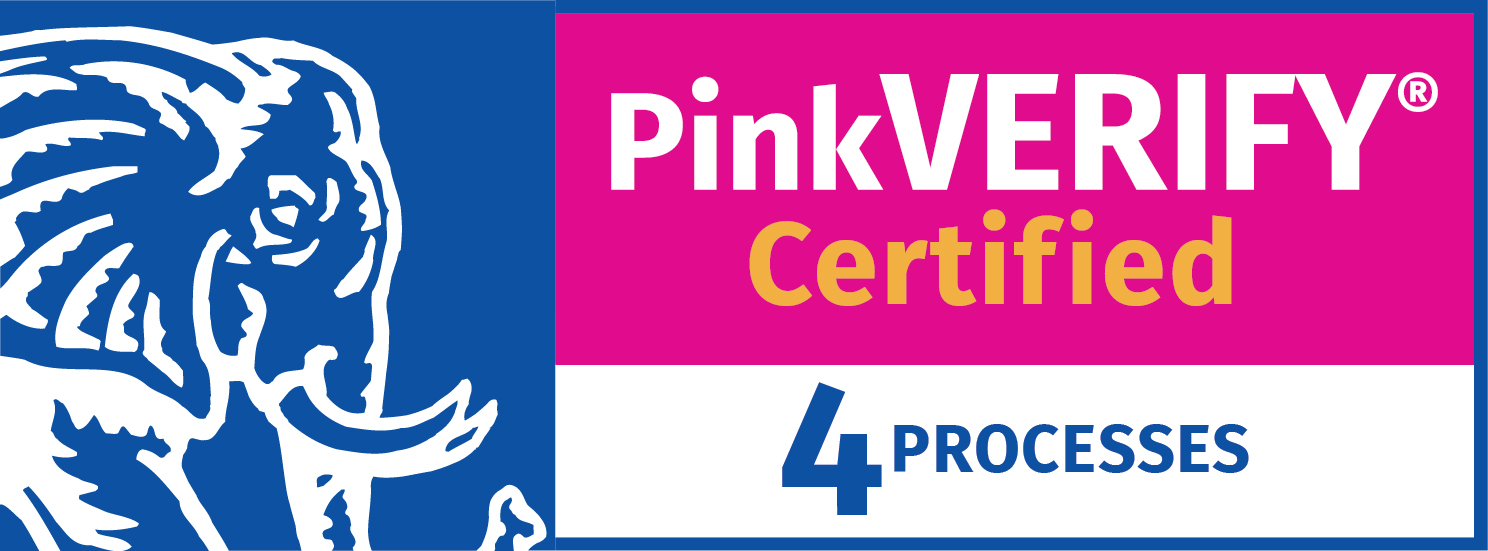Unless you’ve been living in a cave for the last two years, you’ll have seen all the hype – and sometimes scaremongering – around the power of artificial intelligence (AI). But where are we with AI for IT support, really? And what should your IT service desk be doing about it right now? This blog looks at the AI use cases currently being adopted by IT support teams and the overall level of interest and adoption. Before offering up five tips to help prepare your IT service desk for AI. The current use case scenarios for AI in IT support I’ll skip the part about defining what AI is and isn’t, and jump straight to the use cases that are currently being offered to, and are being adopted by, IT support teams (plus other teams). These are:
- Chatbots – automated, 24×7 support capabilities for simple issues and requests
- Virtual agents – that augment service desk analyst knowledge and capabilities
- Intelligent ticket processing – the automated categorization, prioritization, assignment, and potentially actioning of incidents and requests
- AI-assisted knowledge management – automated email autoresponders that provide “most likely solutions,” intelligent search and “recommendations,” the automated identification of knowledge gaps, and AI-created knowledge articles
- AI-assisted decision support and trending – from problem management to demand planning and staffing optimization.
Plus, it would be remiss of me not to include AIOps – AI-powered event management that isolates what’s important amid all the monitoring tool “noise” and takes appropriate action. Current AI adoption levels in IT support With so much hype around AI, it can be difficult to understand what, if anything, is already happening. The most recent, freely-available, industry data on AI adoption is from the Service Desk Institute (SDI), which shows that there are already more IT service desks “using” AI than many would expect – where a total of 18% of organizations either have implemented, or are implementing, AI capabilities or are working with a potential partner. Has your organization started looking into implementing AI technologies? 
- Company size
- Industry
- Geography
So, please bear this in mind when reading AI, or any other IT service management (ITSM), statistics. 5 tips for preparing your IT service desk for AI adoption In light of the above AI-related opportunities and statistics, you might be wondering where to start your IT service desk’s AI journey. To help, here are five tips for preparing your IT service desk for AI:
- Start doing something now. A key piece of learning from the early-adopting IT service desks, and in other fields, is that AI adoption will likely take longer than you expect – it’s not a case of simply switching the technology on. With this also being slower than your organization wants. The lack of relevant budgets isn’t an excuse here, with the opportunity to undertake preliminary research and fact-finding via successful technology-vendor customers and your peers a low-cost first step. This activity will also help to inform and substantiate your business case for AI-enablement once the time is right for your IT service desk. So, start to understand what’s available – technology-wise – in more detail, starting with your current ITSM tool vendor. Then look to see what your peers are currently doing; this will not only highlight opportunities but also their mistakes and the technologies they’ve considered and then selected. In both cases, this is mainly to see the art of the AI possible, with it important to stay focused on the issues and challenges your organization is facing not what the technology can do. For example, working with staff shortages or the need for speedier issue resolution.
- Deal with the AI-adoption “elephant in the room” ASAP. Along with the AI hype, there has probably been even more written about the impact AI will have on employment – of course, “bad news sells.” There’s an important role for organizational change management here – with employees that are perhaps worried about the introduction of AI-enabled capabilities, in particular, needing to be informed as early as possible of what’s happing, why, and how it will affect them. It’s a great opportunity to explain that AI is currently replacing mundane IT support tasks not roles, with its introduction providing an employee “What’s in it for me?” that includes freedom from repetitive low-value tasks, the augmentation of personal capabilities and knowledge, and the opportunity to improve skills sets and to undertake more rewarding work.
- Educate people in what AI can and will be used for. Not only will this help with tip #2, importantly it will also help to manage people’s expectations of AI (that might start out too high thanks to the AI hype). Of course, your IT support vision for AI can also include the longer-term capabilities that aren’t quite here yet.
- Ensure that your IT service desk has suitable knowledge for AI adoption. Don’t underestimate the importance of knowledge management to AI success – knowledge is a vital fuel for machine-learning-powered capabilities. You’ll first need to assess the status quo, to understand what you have and its quality. Likely followed by further investment to ensure the availability of everything necessary – knowledge-wise – for success. For example, an IT support chatbot capability will need knowledge to function – with this applicable to both scripted chatbots and those that leverage machine learning. Either way, the starting point for what an IT support chatbot knows will need to be what service desk analysts know, i.e. what’s contained within your captured knowledge articles and FAQs.
- Consider both the frontend and backend opportunities for AI (and automation). Much of the attention being paid to AI right now is on chatbots and virtual assistants. As with IT self-service, where organizations were pleased with their Amazon-like front end but failed to add backend automation for fulfillment – don’t miss this big opportunity for increased speed, lower costs, and a better employee experience.
Is your IT service desk already using AI-enabled capabilities? If so, what advice would you offer to others? Please let me know in the comments.




